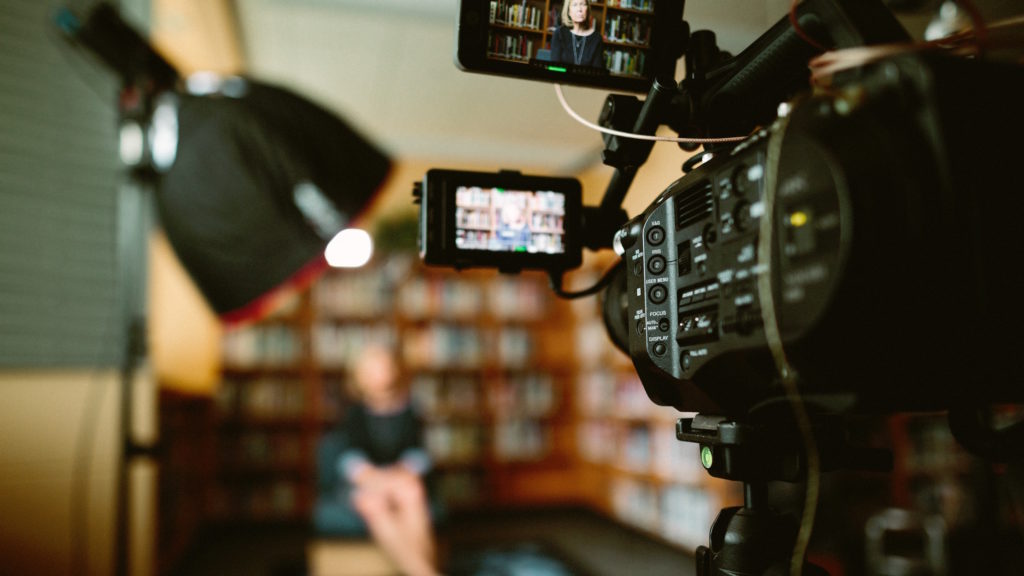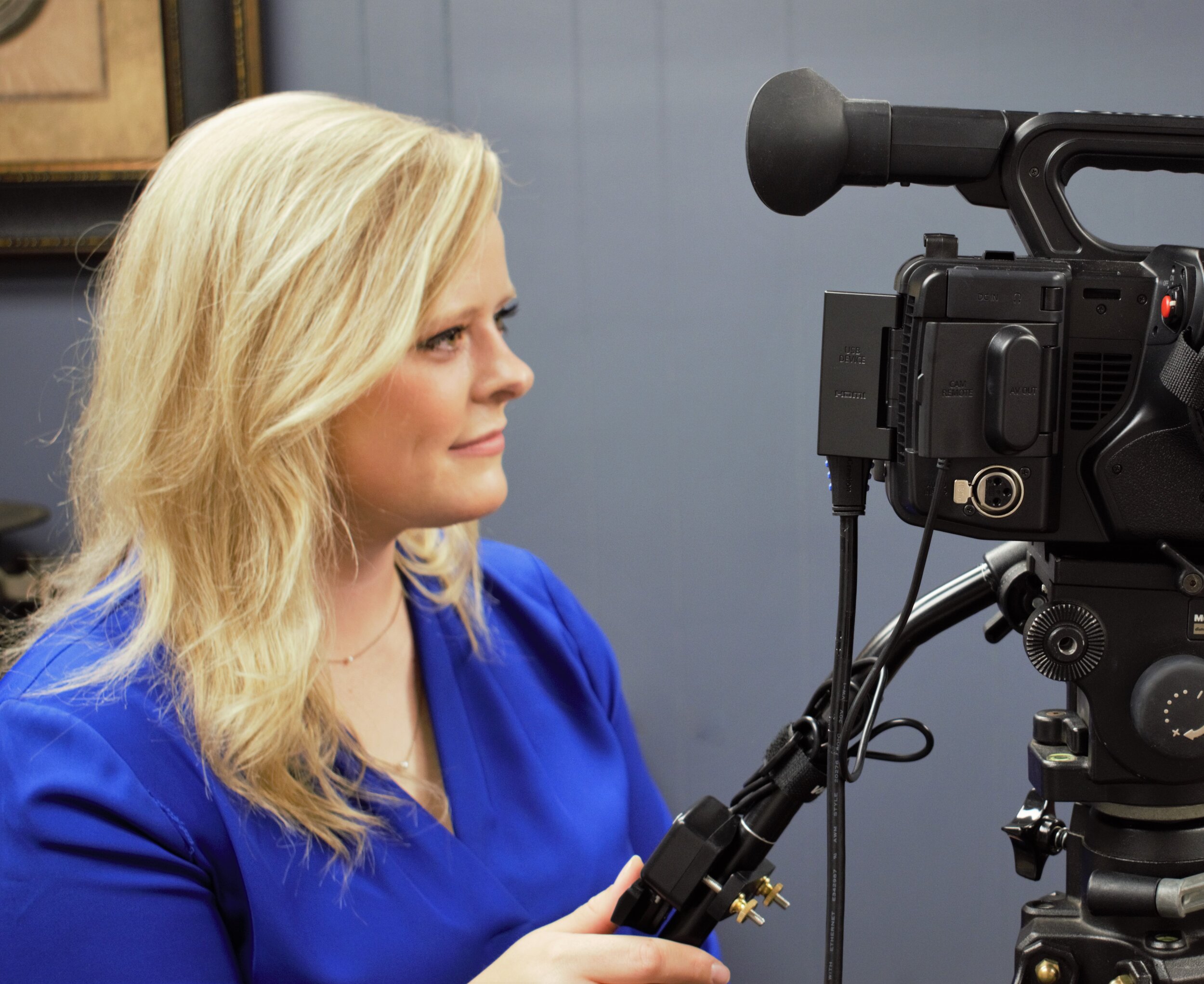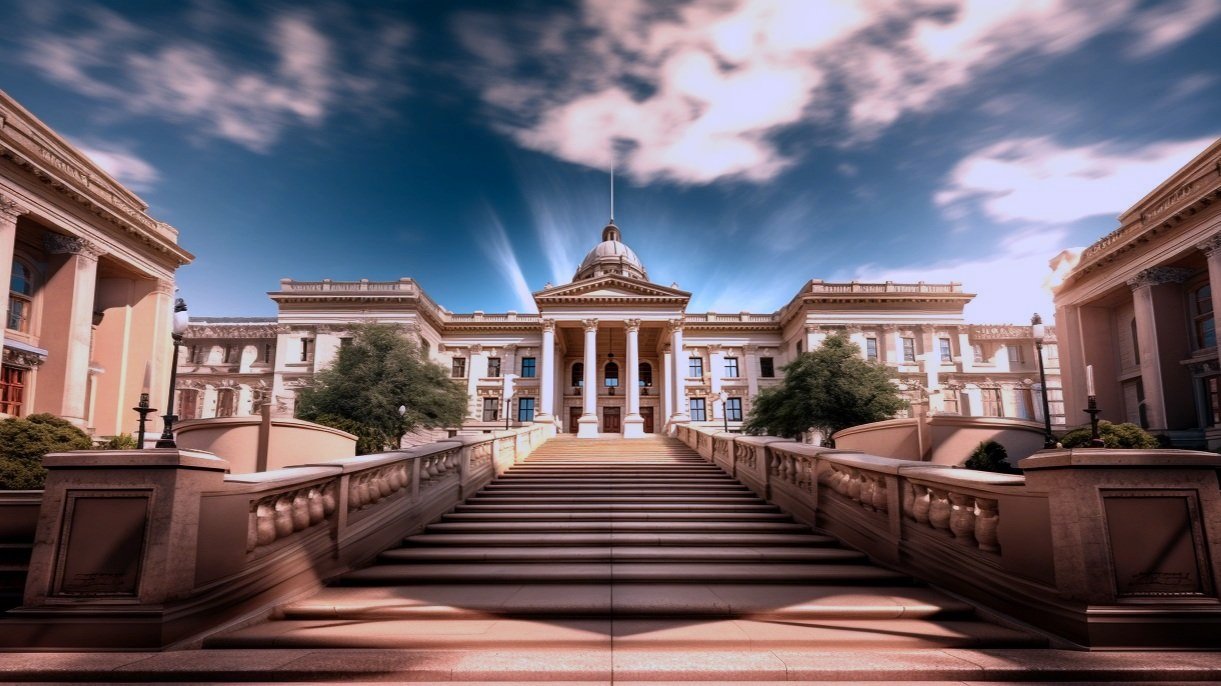How to Choose the most effective Legal Videography Solution for Your Needs
How to Choose the most effective Legal Videography Solution for Your Needs
Blog Article
Digging Into the Systems of Lawful Videography: Introduction Its Operation in Safeguarding Authentic Aesthetic Testament for Judicial Process
In the world of judicial procedures, the role of legal videography stands as a cornerstone in maintaining and offering visual evidence. As technology remains to development, the systems behind legal videography have actually become progressively detailed, providing a vital layer of credibility to testaments caught on video. By diving into the operational ins and outs of lawful videography, one can reveal the careful processes that safeguard the integrity of visual evidence offered in courts - Legal Videography. This expedition not only sheds light on the historic evolution of lawful videography however additionally hints at the future fads that may further reinvent how aesthetic testimonies are promoted in the realm of justice.
Historical Development of Lawful Videography
Analyzing the historic progression of legal videography discloses a significant change in the recording and discussion of visual evidence within the legal landscape. In the past, lawful process greatly counted on composed photographs and records to record events and offer proof. Nonetheless, with the introduction of video clip modern technology, the legal industry saw a standard change in just how aesthetic testament was captured and presented.
The evolution of legal videography can be traced back to the late 20th century when developments in video recording equipment made it much more easily accessible for usage in courts. This technical improvement not just improved the accuracy and dependability of visual evidence but also transformed the method cases existed to discretionary (Legal Videography). Lawyers began to acknowledge the persuasive power of video recordings in conveying emotions, subtleties, and non-verbal signs that created pictures or transcripts alone might not record properly

Modern Technology Advancements in Video Clip Documents
What vital technological innovations have reinvented video paperwork in the legal area? The lawful field has actually seen significant innovations in video paperwork technology that have boosted the authenticity and integrity of visual proof in judicial proceedings.
Additionally, advancements in video clip security and watermarking innovations have actually bolstered the safety and tamper-proof nature of video evidence, securing it versus unauthorized modifications or meddling. Furthermore, the introduction of cloud storage space solutions and remote access abilities has structured the storage space, retrieval, and sharing of video evidence, assisting in smooth collaboration among legal experts and making certain efficient access to important aesthetic testaments when needed. These technological advancements in video documentation have actually certainly revolutionized the legal field, boosting the accuracy, reliability, and admissibility of visual evidence in judicial proceedings.
Duty of Lawful Videographers in Court Settings
The evolution of video clip paperwork innovation in the legal area has necessitated a crucial duty for legal videographers in courtroom setups, making sure the integrity and integrity of visual testimonies offered during judicial process. Legal videographers play a fundamental function in capturing and maintaining precise aesthetic evidence that can be crucial in litigation. Their obligation encompasses establishing equipment, videotaping procedures, and generating top notch videos that properly reflect the occasions in the courtroom.
In court setups, legal videographers have to follow rigorous guidelines and requirements to maintain the authenticity of the aesthetic record. They should possess an eager eye for information and a detailed understanding of legal procedures to guarantee that the video they record is a true depiction of the events that transpired. In addition, legal videographers commonly work carefully with lawful groups to guarantee that the video clip proof lines up with the situation's needs and can be efficiently provided in court to sustain the lawful arguments being made. Generally, the duty of legal videographers in courtroom settings is crucial in upholding the principles of justice and making sure the openness of page lawful process.

Ensuring Admissibility and Stability of Video Clip Proof
To maintain the reliability of aesthetic proof presented in legal process, making sure the admissibility and honesty of video clip evidence is a vital duty for lawful videographers. Admissibility describes the acceptance of proof by the court, and for video proof to be admissible, it should meet specific requirements. Lawful videographers play a vital role in making certain that the video clips they capture abide by the guidelines of evidence, such as authenticity, integrity, and significance.
Integrity of video clip proof involves maintaining the creativity and accuracy of the footage from the moment it is taped until it is provided in court. This includes firmly keeping the video documents, recording the chain of protection, and avoiding any meddling or changes. Lawful videographers have to abide by strict procedures to assure the stability of the video clip proof and stop any kind of obstacles to its authenticity.
Future Trends in Legal Videography
Given the raising dependence on modern technology in lawful proceedings, lawful videographers are poised to embrace ingenious developments shaping the future of aesthetic testament capture and presentation. One of the popular trends on the perspective is the integration of online truth (VIRTUAL REALITY) and enhanced reality (AR) modern technologies into lawful videography. These technologies have the prospective to transform exactly how aesthetic proof is presented in courts, allowing juries and courts to immerse themselves in the scene of the criminal activity or event.
Furthermore, using expert system (AI) formulas for video evaluation is anticipated to simplify the process of assessing and examining large quantities of video clip footage. AI can aid in recognizing vital minutes, abnormalities, and patterns within video clips, enhancing the efficiency of legal examinations.

Verdict
Finally, lawful videography has actually played an essential role in providing authentic visual evidence for judicial process. Via technical innovations and the experience of legal videographers, the stability and admissibility of video clip proof are guaranteed in court room setups. As lawful videography remains to evolve, it will be important to copyright standards that preserve the precision and reliability of aesthetic statement for the future of lawful process.
Taking a look at the historical development of lawful videography discloses a substantial transformation in the capturing and presentation of visual proof within the legal landscape.The development of video clip documentation modern technology in the legal field has necessitated a critical duty for legal browse around this web-site videographers in court room settings, ensuring the integrity and reliability of visual statements offered during judicial proceedings. Furthermore, legal videographers typically function closely with lawful teams to make sure that the video clip evidence lines up with the case's needs and can be successfully provided in court his explanation to sustain the lawful arguments being made.To preserve the credibility of aesthetic evidence offered in lawful proceedings, ensuring the admissibility and stability of video proof is an important responsibility for legal videographers. As lawful videography continues to evolve, it will certainly be vital to promote criteria that maintain the precision and integrity of aesthetic testimony for the future of legal process.
Report this page